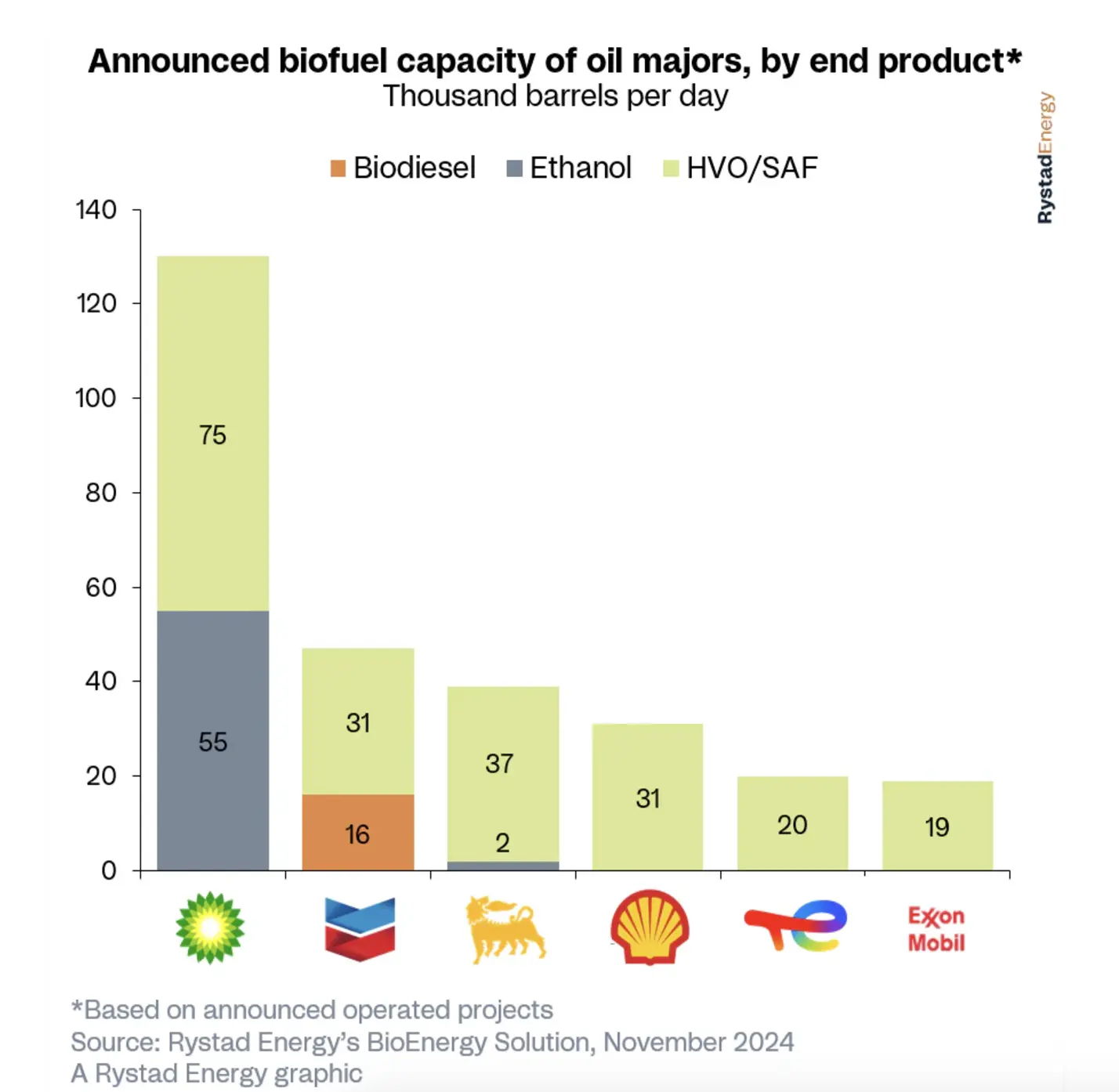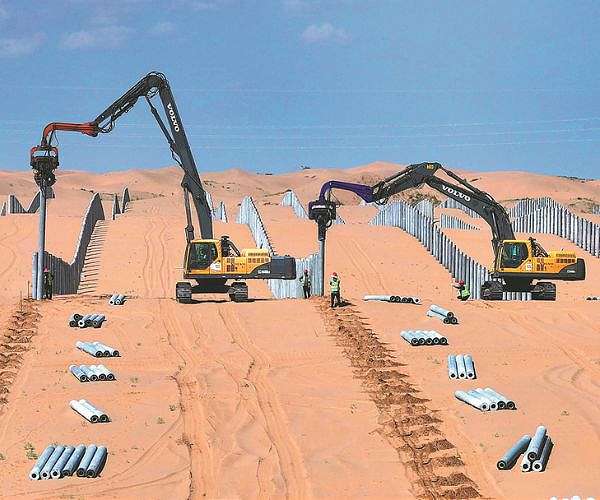
Is Direct Air Capture of CO2 really the most dangerous technology in the world? Following a column penned by BioVeritas CEO Dave Austgen that led The Digest yesterday, a friend wrote:
The headline made me want to open up [The Daily Digest], but there are no significant facts or reasoning stated in [the] article as to why DAC is bad. This may be a great technology that is still trying to be proven. We might be skeptical, but I applaud the scientific community for trying to give it a go. I agree that the O&G industry may be using this as a way of ‘greenwashing’, but you are leading people to completely discount the ideas and concepts.
I believe the column was intended more as a wake-up call for those scientists and engineers who have done the numbers on DAC, see the problem, but have not spoken up. However, perhaps there’s a need to discuss the technical data relating to DAC in more detail. Let me summarize:
The Fortunatelys and Unfortunatelys
Fortunately, plants and trees do Direct Air Capture of CO2 for free, and it’s great thing.
Unfortunately, the current industrial DAC approach is a planet-scale HVAC system, you’d process an estimated 23 quintillion liters of gas per year to capture the 2.26 ppm carbon we add into the atmosphere each year. That’s 30,000 times the size of the US methane-processing industry,
Fortunately, you could build it.
Unfortunately, based on the current cost of gas processing cost — using methane processing as a good proxy – it would cost an estimated $2.4 quadrillion to build. That’s the global GDP through (roughly) 2050, to price it as a Net Zero strategy.
Fortunately, there’s new tech, from companies like Oxy. And they project a cost of around $1100 per ton for construction at million-ton scale.
Unfortunately, that’s still $42 trillion to Reach Net Zero. Removal of enough carbon to return to more benign 1970 levels would be another $80 trillion or so if the goal was to accomplish this by 2075 or so.
Fortunately, there’s talk of a target of $150 per ton in 3-10 years — and the DOE has a 10-year target of $100 per ton.
Unfortunately, using the best tech today, the energy cost alone (using, say, cheap, climate-wind power is about $72 per ton, and even amortizing the construction costs over 30 years, the $100 per ton target is unachievable even before considering operation costs such as labor, taxes, maintenance, power transmission, carbon storage and transport.
Fortunately, some companies speak in terms of even more massive projects with more economies of scale.
Unfortunately, you need about 300MW of power to support a million-ton facility, and that’s perilously close to the maximum power delivered to individual location such as an oil refinery — much bigger than that, even more invention required.
Fortunately, there are big grants and tax credits available for these technologies, as much as $180 per ton.
Unfortunately, the cost or reach Net Zero would be $6.8 trillion per year, more than the US government takes in.
Fortunately, technology might solve the cost problem some day.
Unfortunately, it takes 38,000 projects to reach Net Zero with this pathway, or roughly 1500 per years. They take about 30 months from ground breaking to full operation, so people would be building around 3,800 of these at the same time.
The Bottom Line
Let’s focus on this, the macroeconomic problem. Why would we ever process a million liters of gas to extract 421 liters of carbon dioxide? By definition, 99.96 percent of the work is processing benign air. It’s rowing in a lake of peanut butter — so much effort to get to the other side. At some point, a discussion of climate change technology becomes, like chess, not just a discussion of the value of the pieces but the order of the moves.
Why this now? Alternatives abound. Plant more trees, point source capture, direct sea capture, biofuels, EVs, hydrogen, recycle. Those now, DAC later. Right now, there’s too much of the “high cost, low impact” problem.
Yes, costs can go down — but its tough when power, steel, labor and land are the components of scale. This isn’’t solar panels, which sell for $30,000 per ton even in these times, and where manufacturing cost is key. Yes, impact can increase — but power supply, construction, permitting, labor, project management, markets for carbon sequestration or use, all of these are bottlenecks. Maybe some of them of them don;t matter, but look at the number of them, as Sam Spade said towards the end of The Maltese Falcon.
Energy use
https://www.statista.com/statistics/276629/global-co2-emissions/







